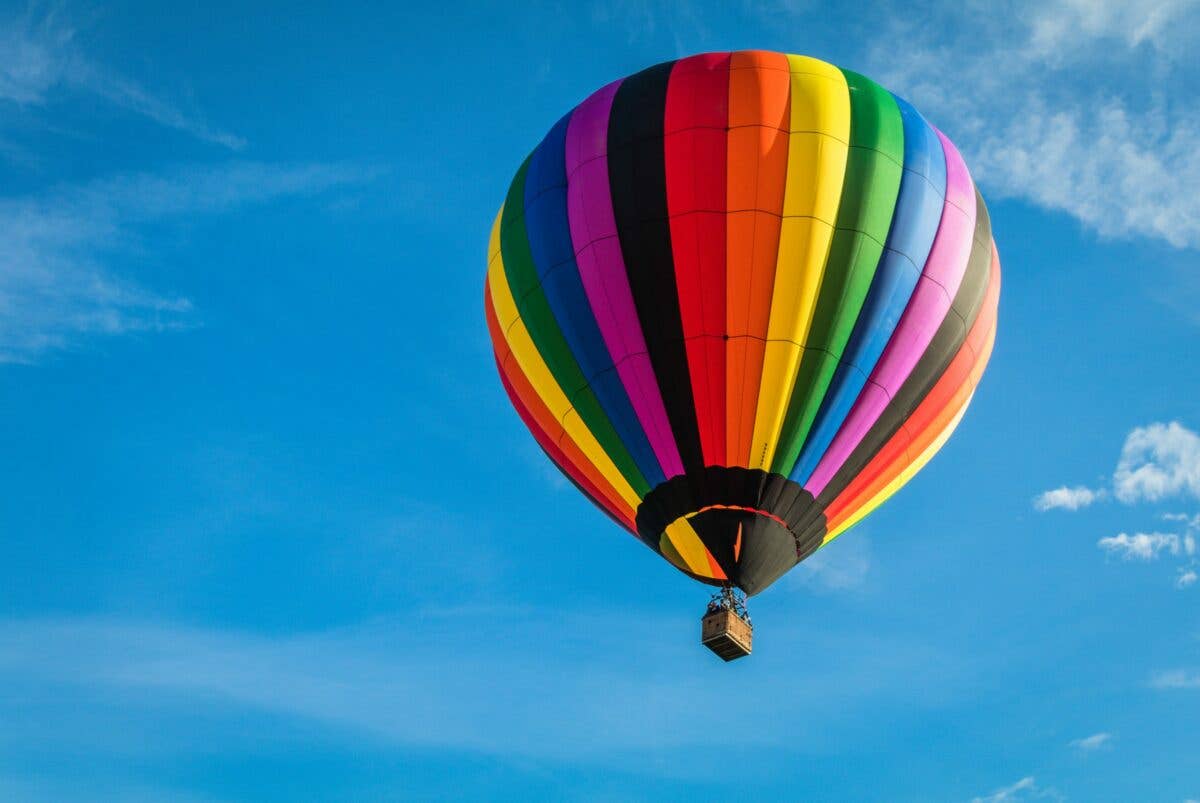Hot Air Balloon Pilot Charged in Deadly Accident
The scenic flight was to view the ruins of Teotihuacan near Mexico City.

The accident occurred during a sightseeing joy ride over the Teotihuacan ruin site—a popular tourist—area when the balloon’s basket caught fire. [Credit: Adobe Stock]
A pilot was charged with homicide following a deadly hot air balloon accident on April 1 in Mexico City that killed two passengers and injured another.
The accident occurred during a sightseeing joy ride over the Teotihuacan ruin site—a popular tourist—area when the balloon’s basket caught fire. Jose Nolasco, 50, and his wife Viridiana Becerril, 38, died in the fire, while their 13-year-old daughter, Regina Itzani, jumped more than 130 feet, suffering a broken arm and second-degree burns, according to the Associated Press.
Reports indicate the pilot, Victor Guzman, fled the scene telling authorities he didn’t know what to do once the balloon caught fire. Guzman also suffered burn injuries from the incident.
Guzman is now being held in pre-trial detention, while the prosecutor’s office has not determined any cause for the balloon to catch fire.
The FAA says it is looking into the incident and determining whether the hot air balloon company involved, Autocinema Retroviso, had a license to operate and proper accident insurance.
While hot air balloon rides are popular, accidents remain a rare occurrence. According to the FAA’s Aviation Accident Database, hot air balloons are the safest form of air travel. Since 1964, the National Transportation Safety Board has investigated 775 hot air balloon incidents in the United States, of which 70 involved fatalities.
The United States has far fewer hot air balloon incidents each year than other countries, such as Mexico and Japan. Mexico’s regulatory environment could factor into the higher number of instances because of relatively lax safety standards.
The most deadly hot air balloon accident occurred in 2013 in Luxor, Egypt, after the balloon caught fire and killed 19 tourists.
Another significant deadly accident occurred in 2016 in Lockhart, Texas. Sixteen people died after a balloon hit power lines and went down in a field. It was later discovered that the pilot had been impaired, having taken prescription medication before the accident occurred.
Following the Lockhart accident, many called for changes to medical standards for balloon pilots. As a result, balloonists are now held to the same standard as commercial pilots and must obtain a second class medical from an AME.

Sign-up for newsletters & special offers!
Get the latest FLYING stories & special offers delivered directly to your inbox






